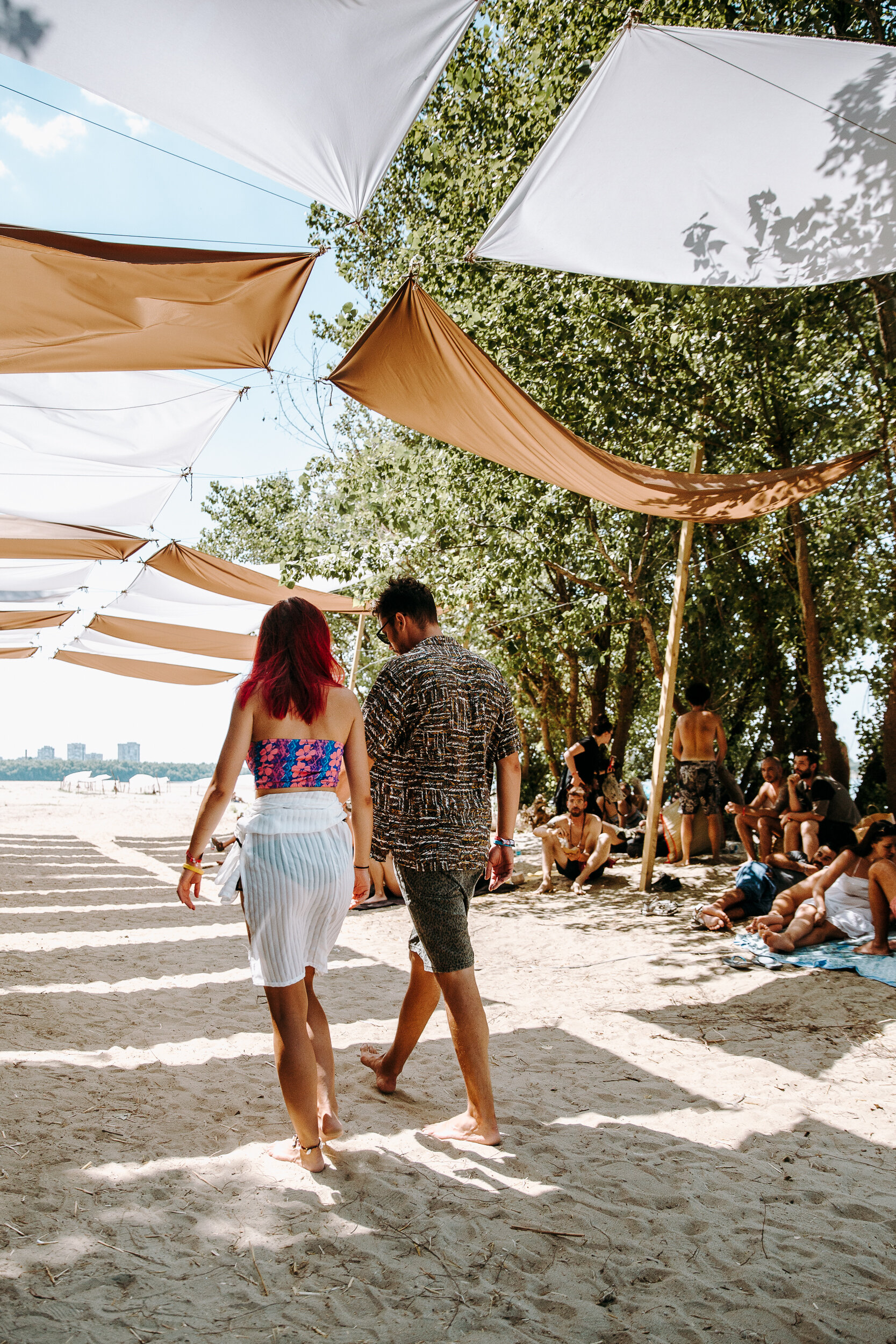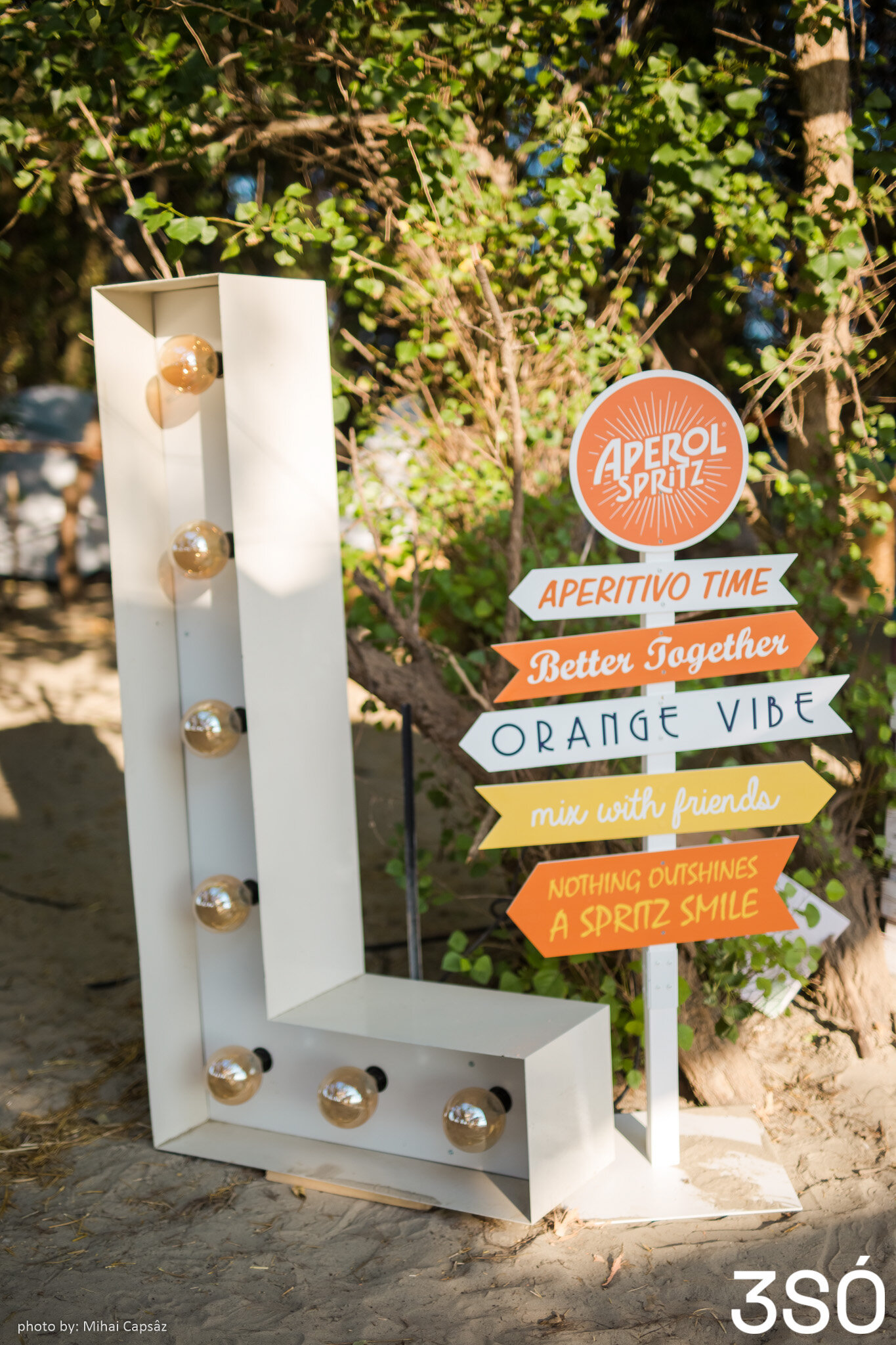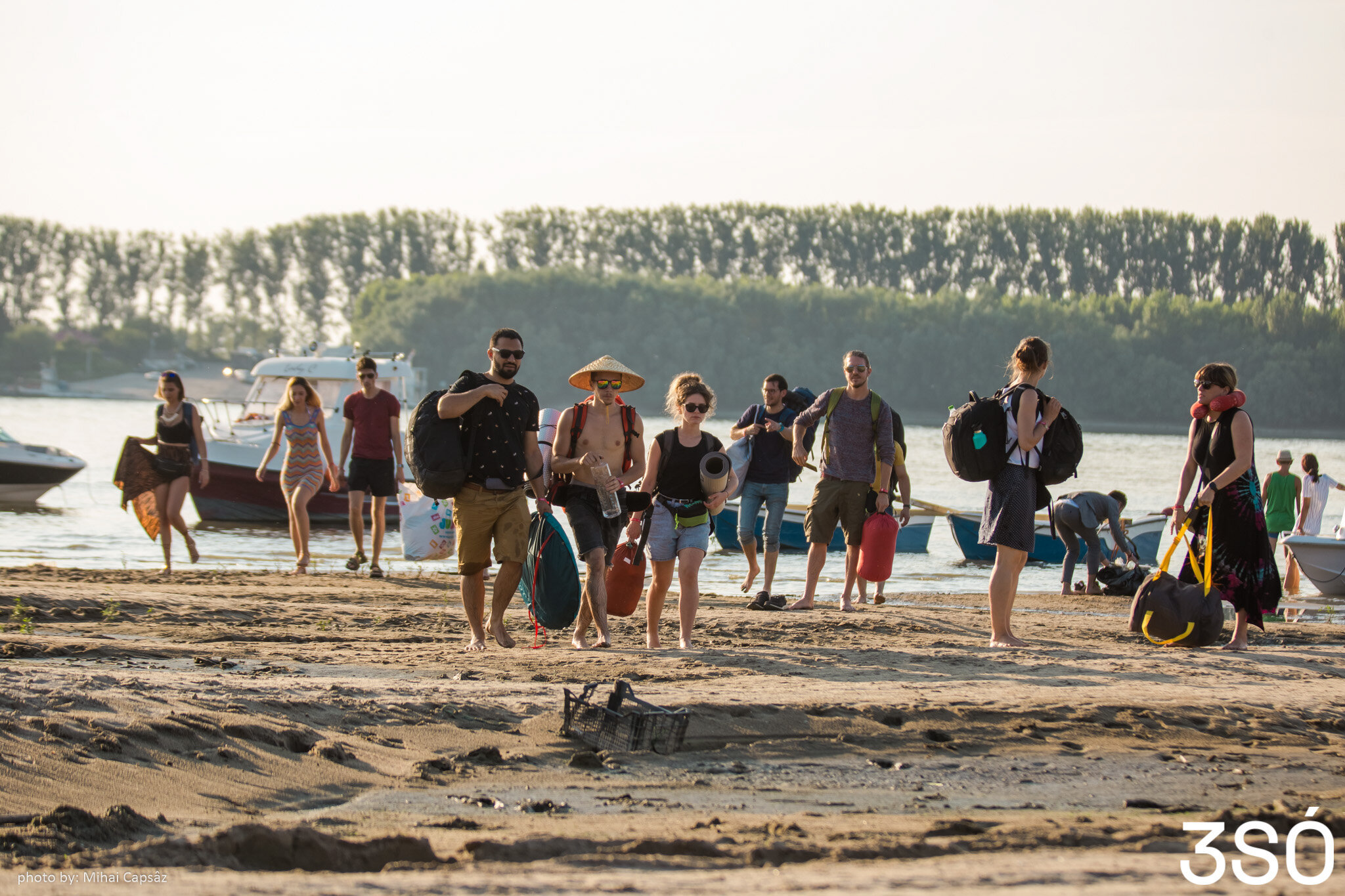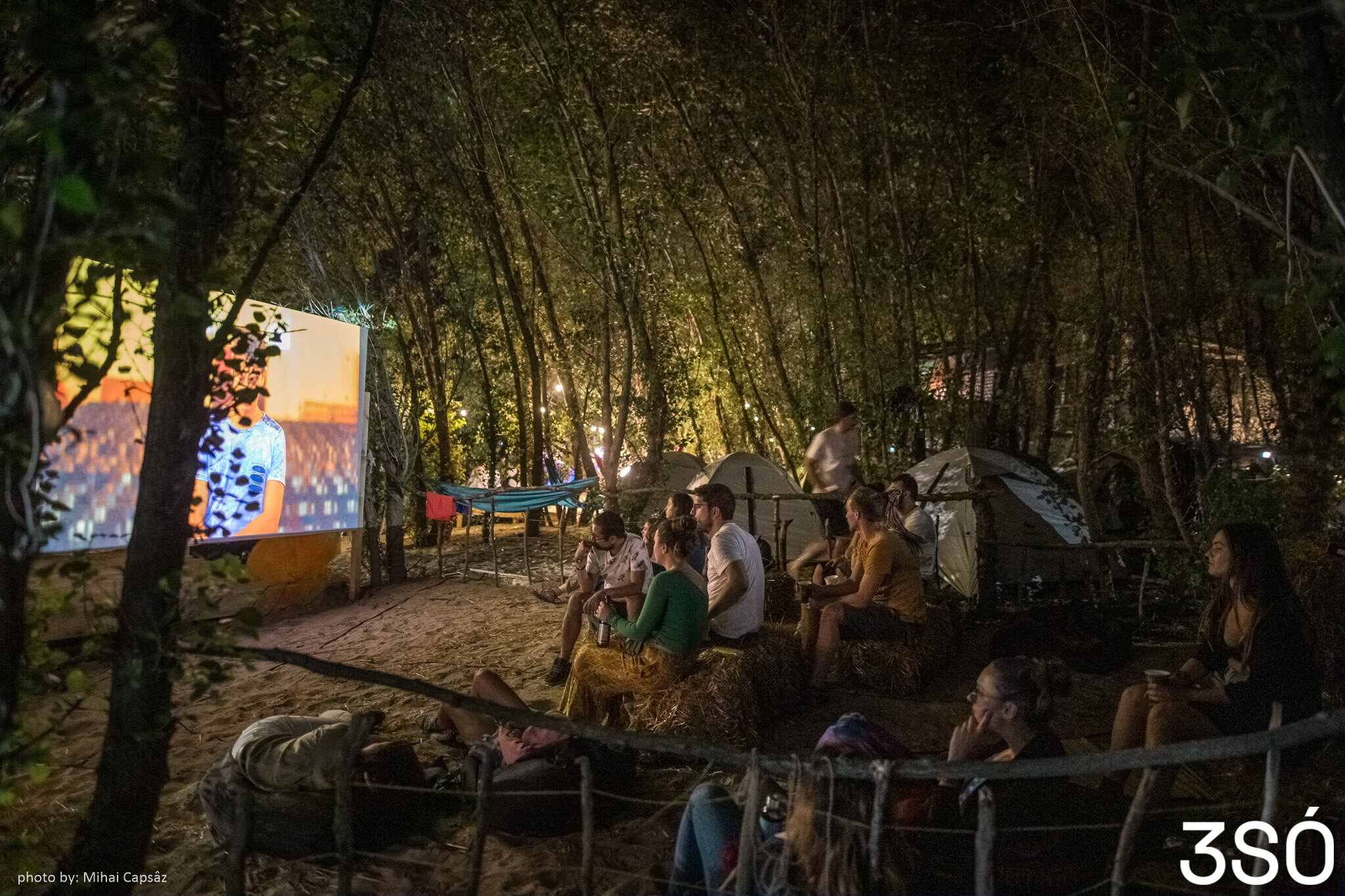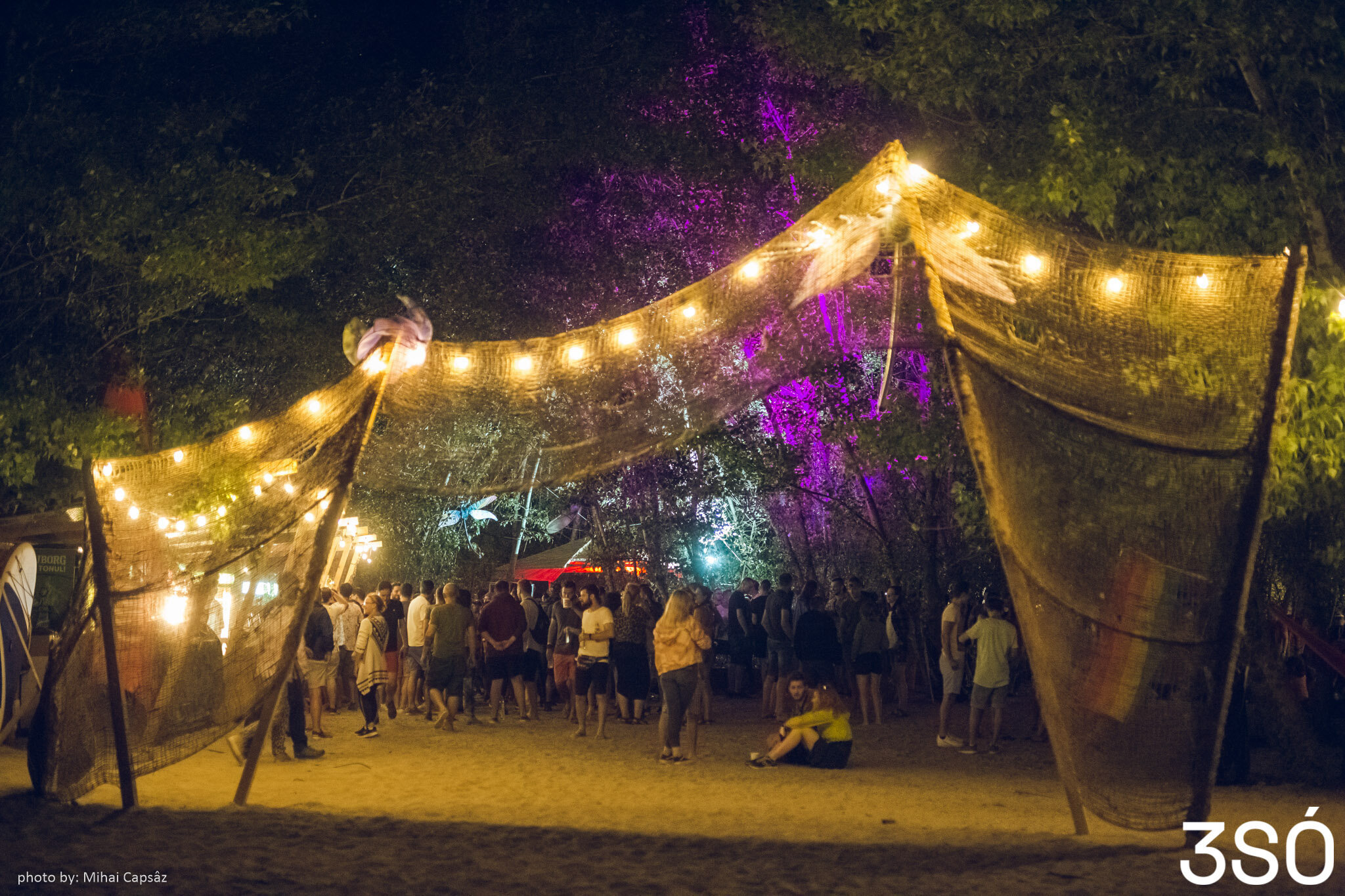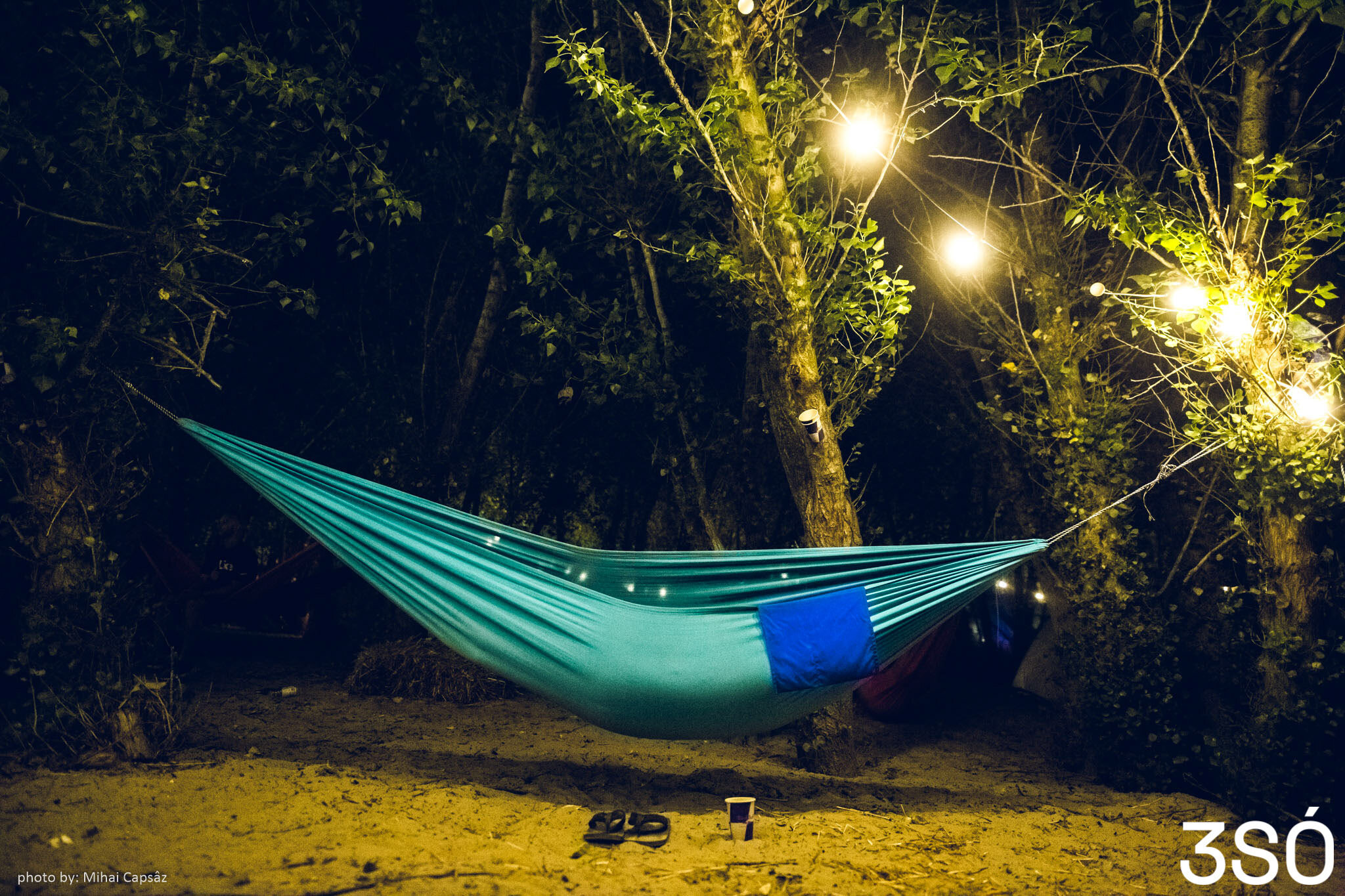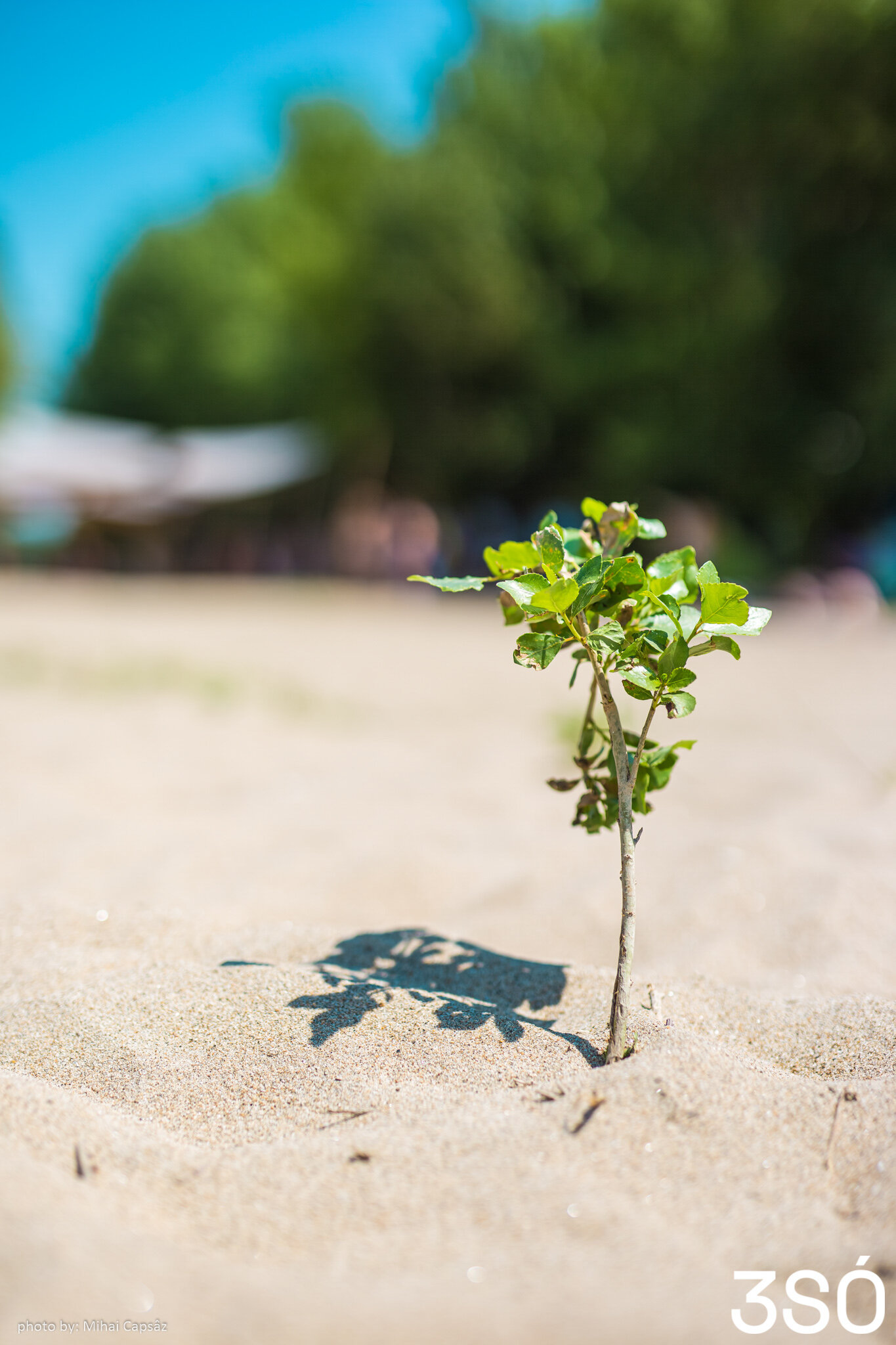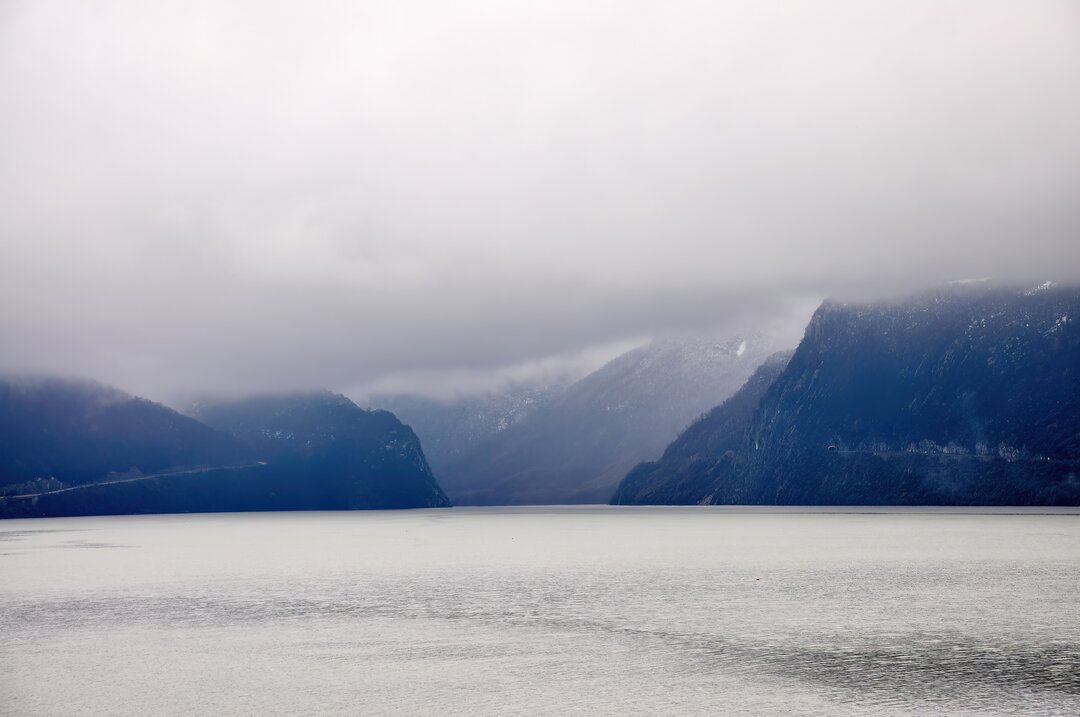
3 Smoked Olives®
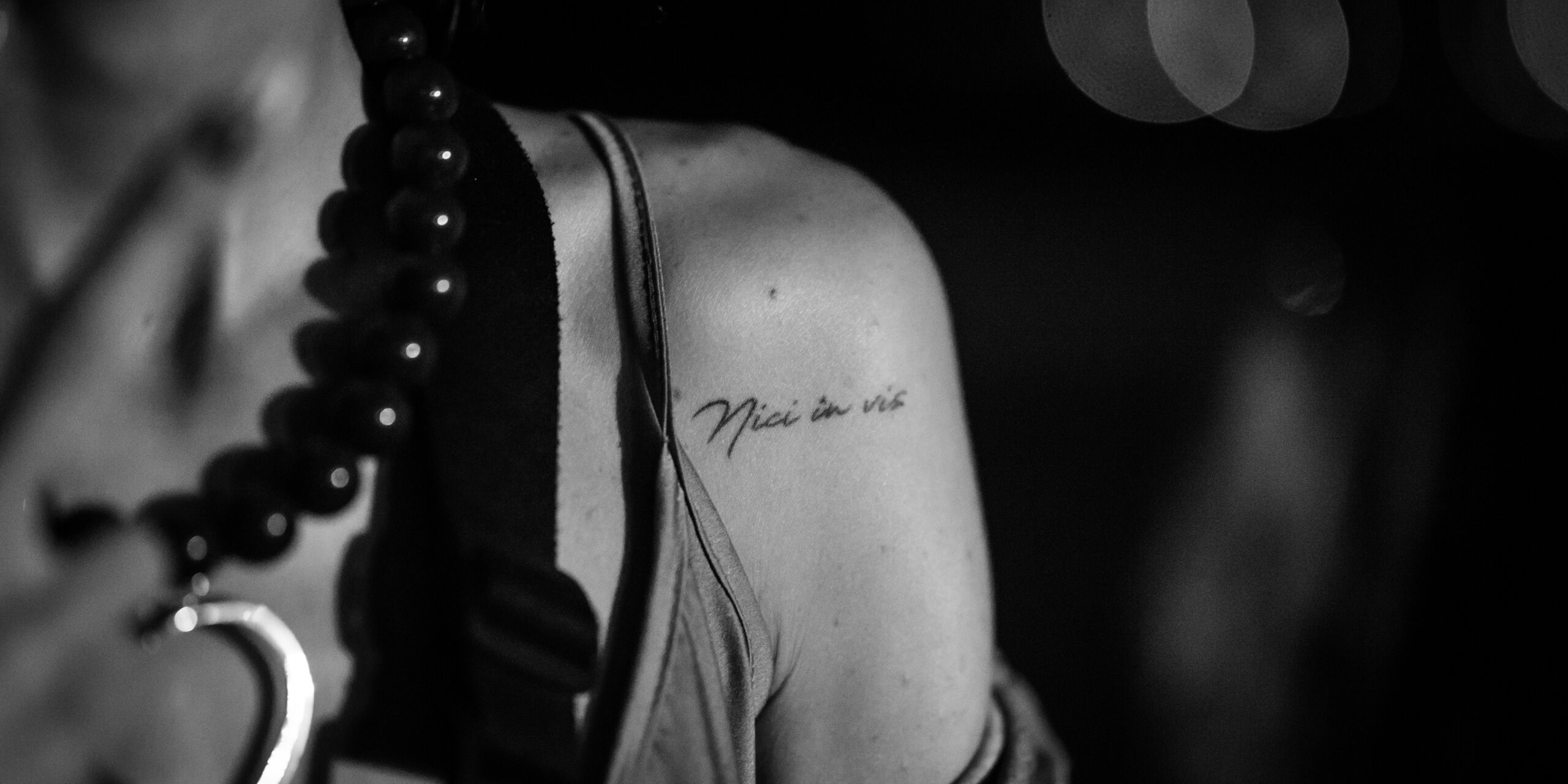
Born & converted Islanders
Photo credits: Andrei Smeu, Alex Negulescu, Benedek Bela, Karim Rosati, Ștefan Nicolescu, Silviu Pavel, Sergiu Serj, Mihai Capsaz, Ana Carmen
Alongside the well-known festivals in the major cities along the Danube (e.g. Vienna: Danube Island Festival; Budapest: Sziget; Novi Sad: Exit, etc.), many small and medium-sized cities also have events whose scale and renown often transcend national cultural borders, some becoming internationally recognized events. In addition to their publicity dimension, which is of particular importance for the host city's economy, these festivals can often be categorized as educational and awareness-raising events.
The festivals belong to the places that foster them, which they enrich and through which they live and become (re)known, even if they involve a small area of organization, do not extend in time, usually taking place for a few days a year; but the fact that they exist and define an area along the Danube means, in a synergistic way, that they are long-term social-cultural initiatives that reveal the message of multinational coexistence that the Danube River carries within itself.
One such initiative close to a medium-sized city is the 3 Smoked Olives® (3SO) electronic music festival, which takes place in a special place: a sandy island on the Danube, on the border between Romania and Bulgaria, more precisely near the crossing point between Călărași (RO) and Silistra (BG), at Ostrov.
The island is 120 km away from Bucharest, in an area of influence that makes it accessible to a large public, but in terms of social perception, far enough away from the hustle and bustle of the cities; it is a world shaped and shaped by water, where nature is still the master: the Danube surrounds it, the sky is endless blue, the place is inhabited by seagulls, and the sandy beach is constantly changing, showing itself scenically in a variety of poses. The island is pure magic. When the Danube is at its highest, the island disappears and remains under water for more than 3 months. During this period, no one can set foot on it. The river gathers natural materials on its European journey and floats a lot of wood to the island. This landscape, at once dramatic and poetic, is always different. The island looks and defines itself differently every year.
In this untouched world, the 3SO Festival takes place for a few days in August. The story of the festival started from the idea of a group of friends who frequented the island on weekends in the summer. So an island used by locals for sunbathing, fishing, small-scale farming and animal husbandry became a place for them to relax over time, with small events accompanied by music. Over time, with a natural growth of the group, the weekend event would develop into a festival lasting several days. The natural growth of the event would lead to the need for a minimal infrastructure and some logistical issues, with the site requiring annual preparations: planning a festival strategy, clearing the land, drawing up a festival management and control plan that would not alter but protect the biodiversity of the island.
In this way, the festival's community of "islanders" has taken shape over time, with each member coming and offering their knowledge and experience to others, whether they were artists, yoga instructors, production teams, volunteers or even participants. All contributed to the island community and the event itself.
In addition to the attraction of the electronic music and the atmosphere shared, the festival aims to take place with as little negative impact on the natural environment as possible, by building itself, annually, in an ephemeral setting that can only be accessed after a selection process. The place and the music are the basis of a unique experience that aims at more than just attending the event, namely, the power of music to bring people together in a socially and culturally sustainable community.
Today, #3SO is an organic community that has been continuously shaping itself for over 10 years around shared values, oriented both towards music and (re)connecting with nature. Around 3,000 participants from Romania, but also from other countries (at #3SOF 2022 there were participants from 32 other countries) can come to the island like on a vacation, and for 6 days enjoy music, a huge sandy beach, friendly waters and a forest where they can camp for free in specially landscaped areas. The layout of the festival camp involves marked walkways with plant material collected from the island. Lighting is a minimum necessary for orientation and is provided by the organizers, in addition to lighting from the tents. Participants can bring their own camping equipment or rent fully equipped hammocks and tents from the organizers. Access to the event is by referral and nominal ticket purchase1. All interventions are designed and built as temporary, demountable and reusable structures, the festival is geared towards sustainable and environmentally responsible development.
The artists that have made up the line-up over the years are recognized in Romania and internationally and have supported the project concept from the very beginning. They are part of the community.
Throughout the festival and beyond, "islanders" can participate in various workshops, recreational wellbeing activities - yoga, guided meditation, sound healing sessions, as well as workshops on sustainability issues, all supported by speakers and professionals in the fields, members of the community. There's music, but also clay modeling, dancing and painting... it's alternative tourism that can be enjoyed all season long: water sports, beach activities, star-gazing, birdwatching, boating.
The flora and fauna on and around the island is similar to that of the Danube Delta and is one more reason why the community returns year after year for the festival.
Organizing the festival involves a whole year of planning, from transporting logistical materials and participants by boat to the island, cleaning and greening the site, to the location and construction of all the areas of interest and is a challenge you want to take part in; it is equally work, fun and relaxation based on genuine values and love of nature. In response to such a challenge, the Lower Danube Sustainable Development Association, an NGO concerned with the Danube area where the festival takes place, was born as a partner. Teams of volunteers take part in greening and sorting waste before and after the festival, restoring the island to the wildness that has made it so loved. The association is also responsible for informing and training people on sustainability topics such as reducing the festival's carbon footprint, selective collection, alternative energies, recycling, composting or even nature survival courses.
Since the summer of 2022, the first Building Camp was organized, initiated and coordinated in partnership with the University of Architecture and Urbanism "Ion Mincu". The camp was a first stage of a long-term participatory process that involved representatives of the University's Faculty of Urban Planning, the Association for Urban Transition (ATU) and local actors - the Atelier on the Island, the Călărași Municipal Museum and students from several universities. The aim of this camp was to materialize a small-scale project that connects with the revealed heritage (the ephemeral Danube Island) as a tangible implementation of an intangible potential. This participatory process required research and planning, so this activity is also based on the results of the DANURB+2 project. Thus, the festival develops an important educational and creative significance: it is a platform for 'live' learning of design skills as well as social and environmental responsibility. At the camp, through the interest of community involvement, craftspeople and with local materials - the Atelier on the Island being the main trigger for all the enthusiasm and atmosphere of the project - students responded to the needs of the festival with installations and objects of type:
- Small furniture for the waiting area on the Danube waterfront - shady bench;
- Furniture for the seating area - swing, sun lounger;
- Object/installation-sign to mark the identity of the event/venue;
- Information/direction sign;
- Other creative installations for: food area, camping area, yoga area.
These were executed right on the island, in-situ, adapted to the site through direct measurements, discussions with the organizers and with materials provided by 3SOF and UAUIM or partially found on the ground, brought by the Danube. In this way, students practiced a responsible attitude towards nature and the community. The installations were executed as pilot elements that can be replicated, dismantled or dismantled quickly, so that after the festival the site can be returned to nature.
The camp is also about the subtle and very topical relationship between nature, culture and technology, about respecting the concepts of sustainability and recycle-upcycle, about exploring and making sustainable use of unused resources. The use of appropriate materials, low execution and assembly costs, the usefulness of the objects during the festival and the possibility of using them outside the festival, safety in operation and interactivity with the public, as well as the visual effect (day and night) were important criteria that were the basis of the organization.
Participating students: Ilona Albulescu, Vlad Istrate, Calea Silvia, Ruxandra Săndulescu, Patricia Stan, Șerban Luca, Cristian Mormenschi, Adela Stan. Participating teachers: Angelica Stan, Mihaela Hărmănescu, Sorin Vasile Manea, Justin Baroncea. Teachers Constantin Enache and Maria Enache joined enthusiastically.
3SOF therefore brings together the core values of the participants, combining the latest trends in electronic music with care for nature and sustainability. The island thus becomes a unique place where you will find the energy of a vibrant community, the depth of a retreat and the dynamism of a festival.
NOTES
1 On the festival website, 3sof.com
2 DANUrB (2017-2019) and DANUrB+ (2020-2022) implemented through the international INTERREG - Danube (EU) program.

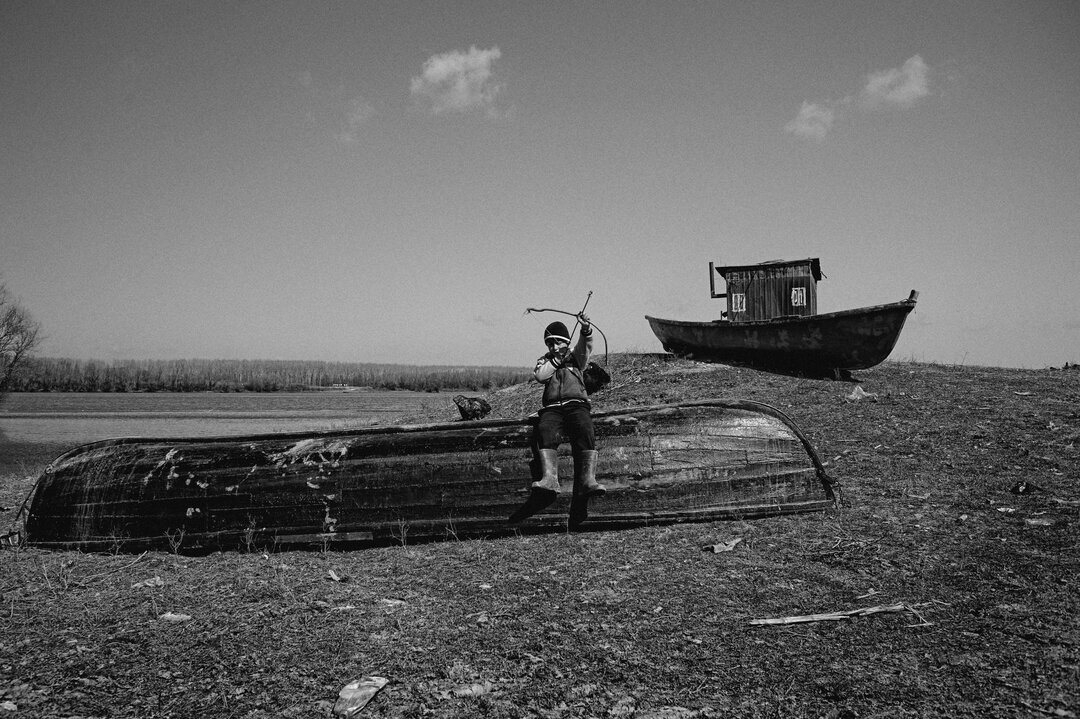
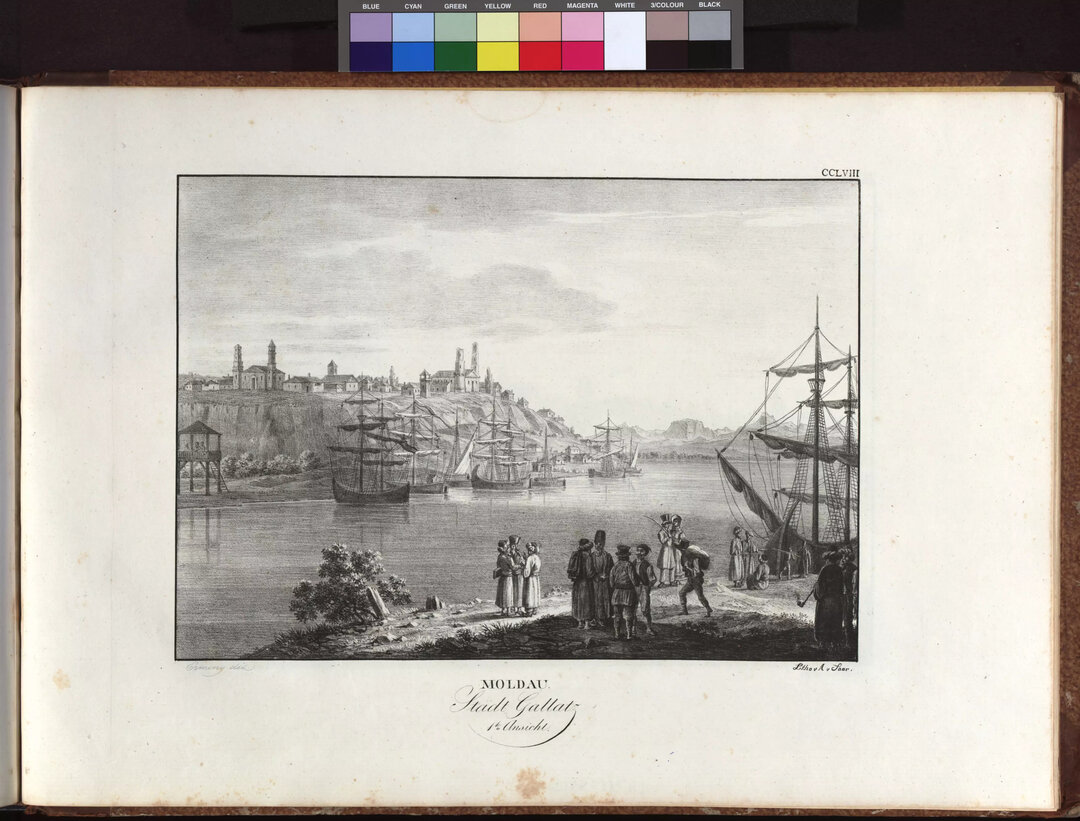
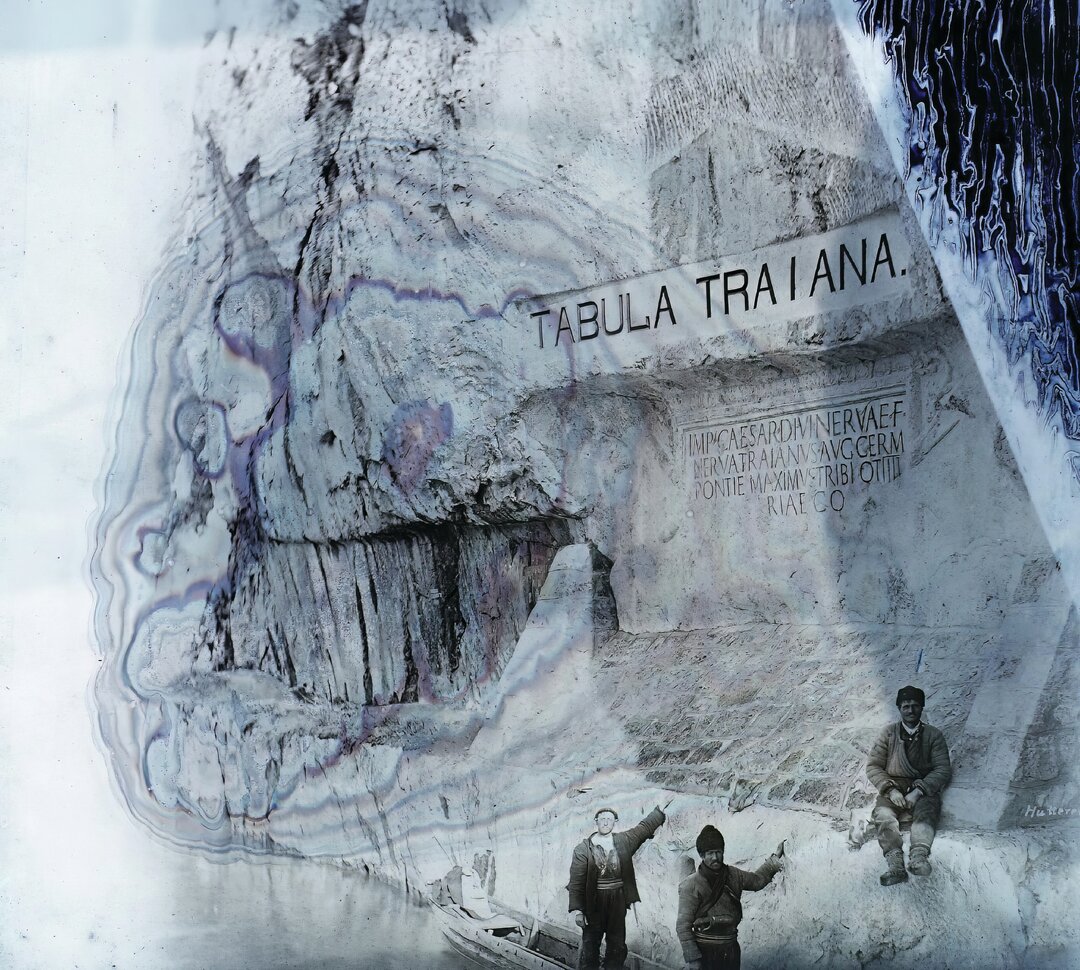

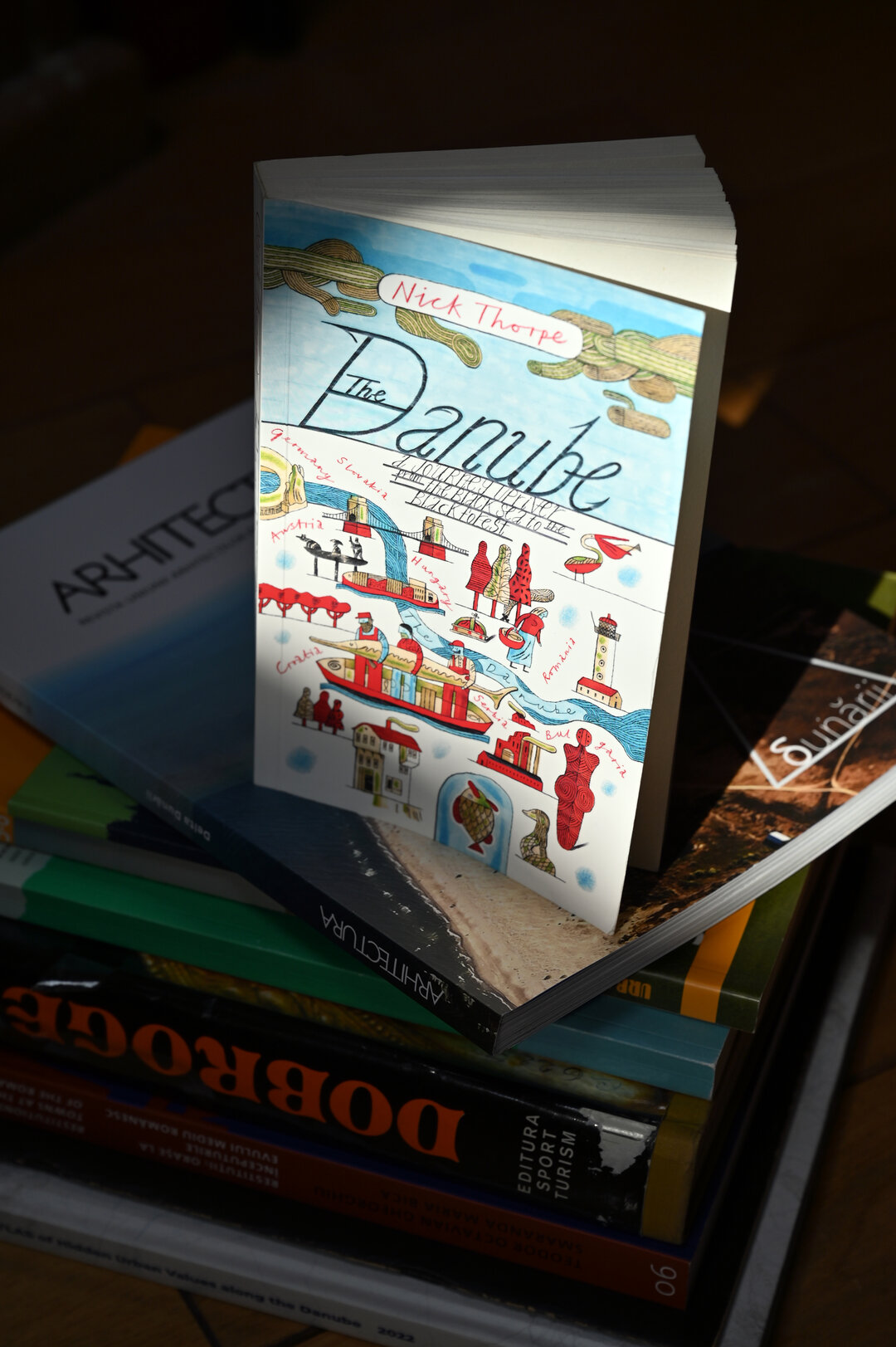
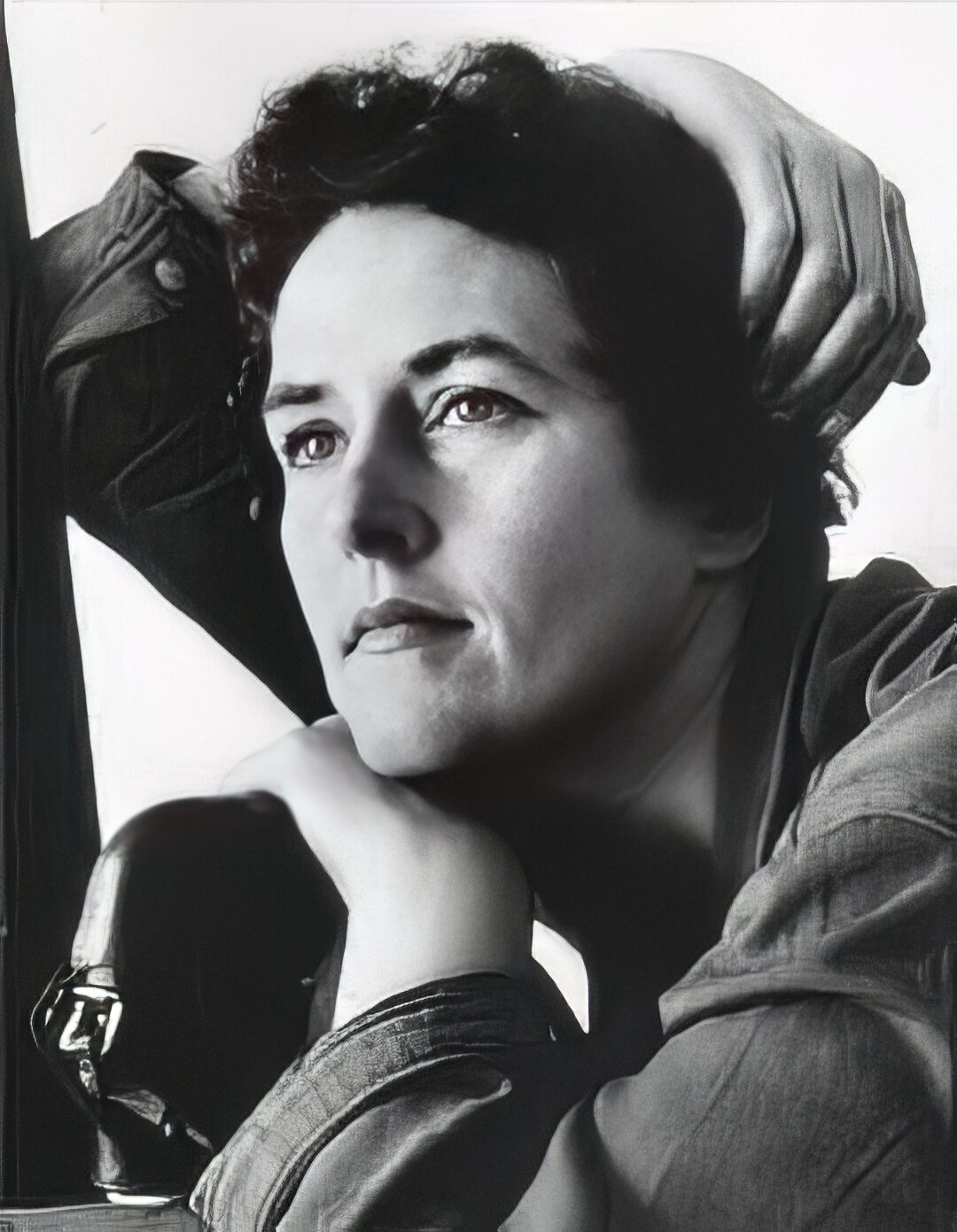

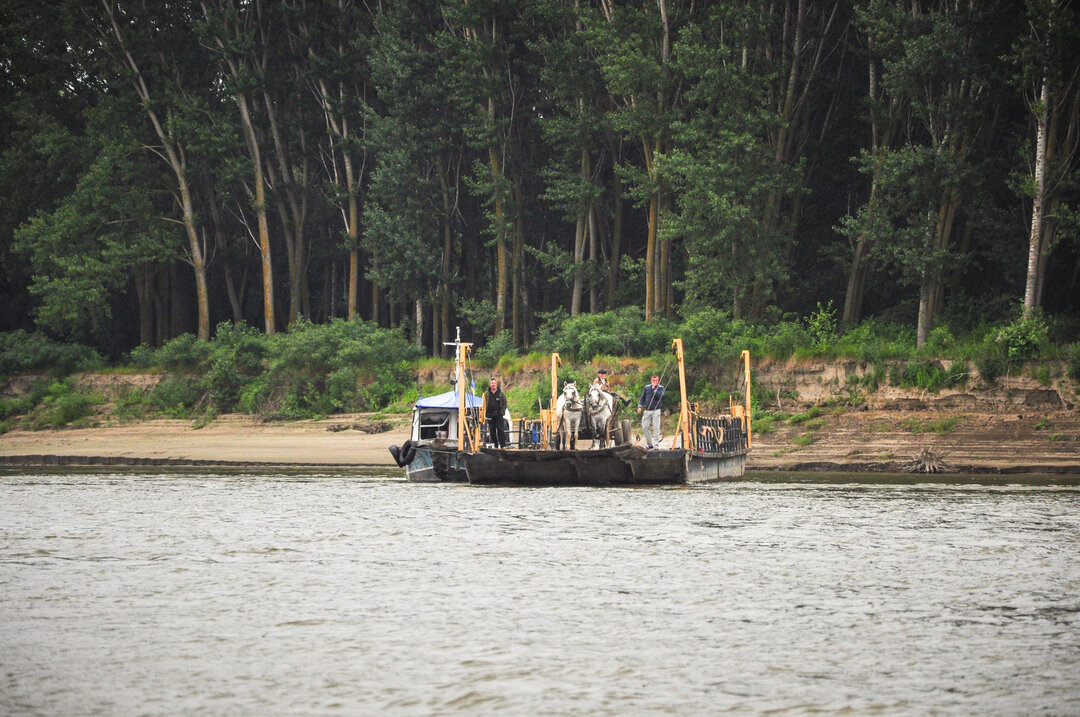

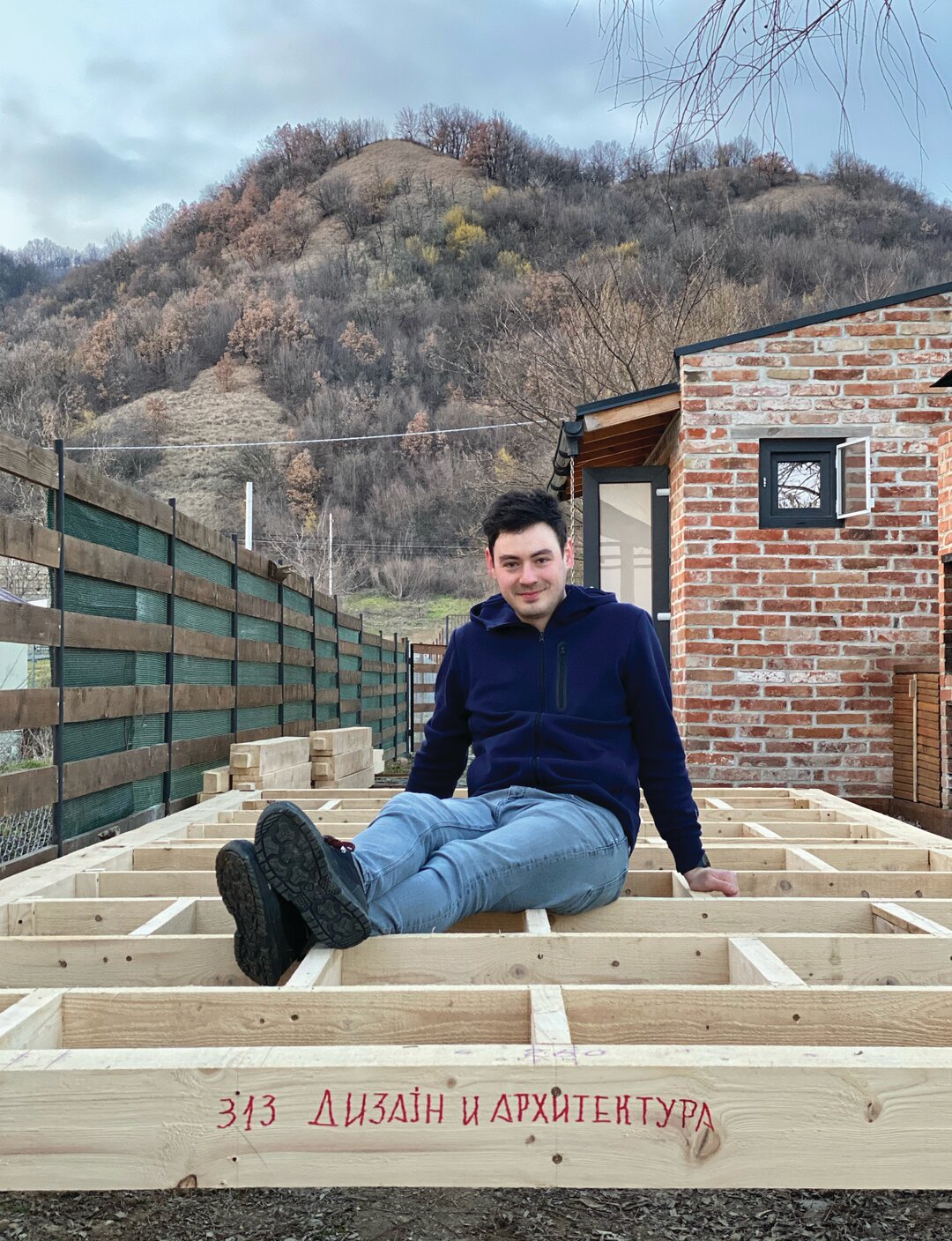

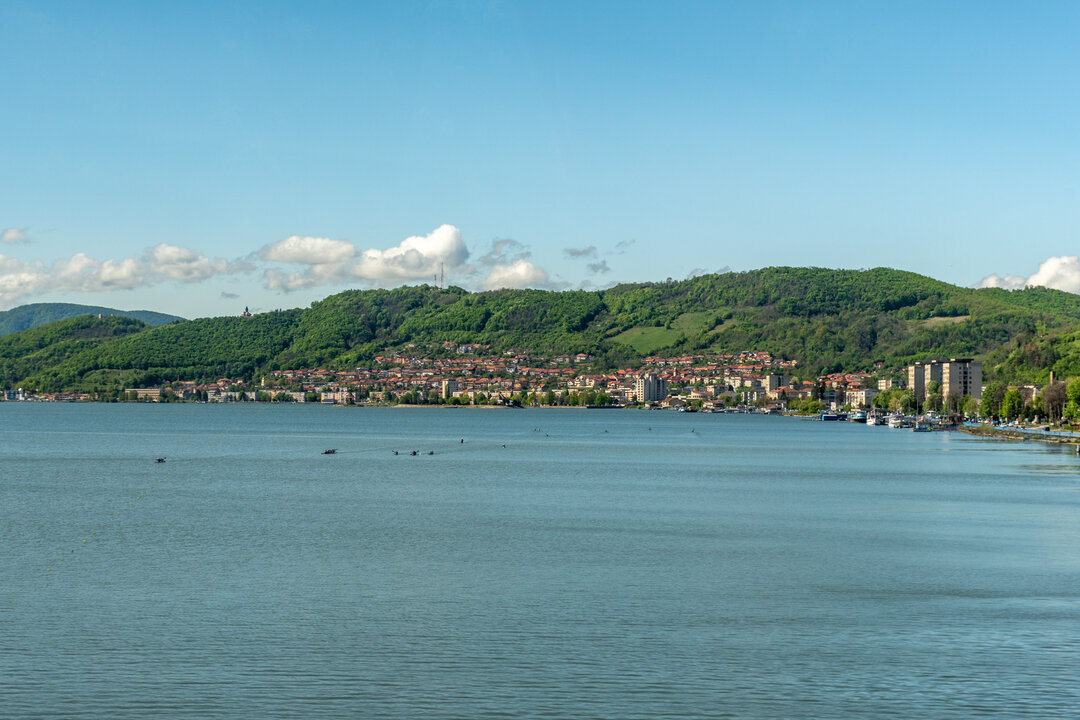
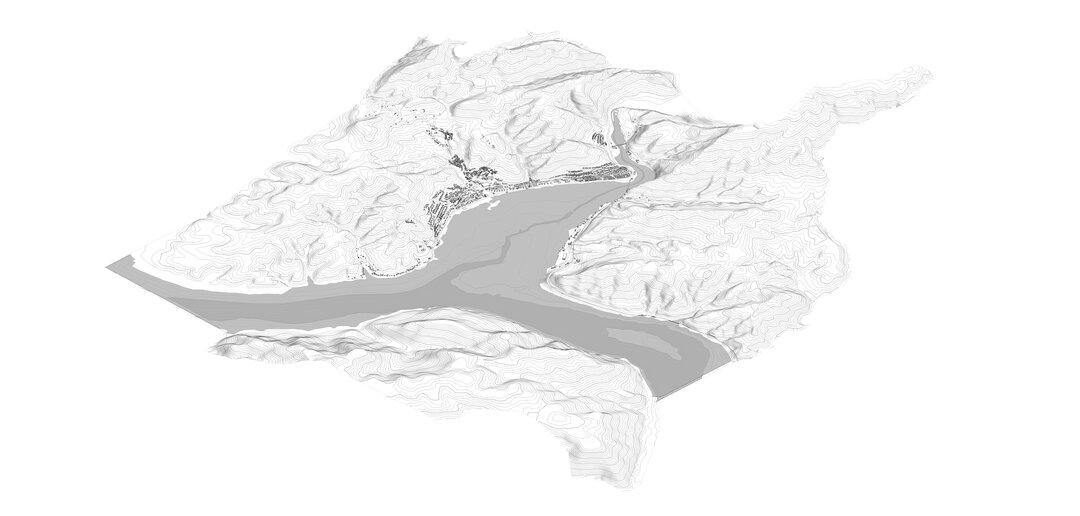




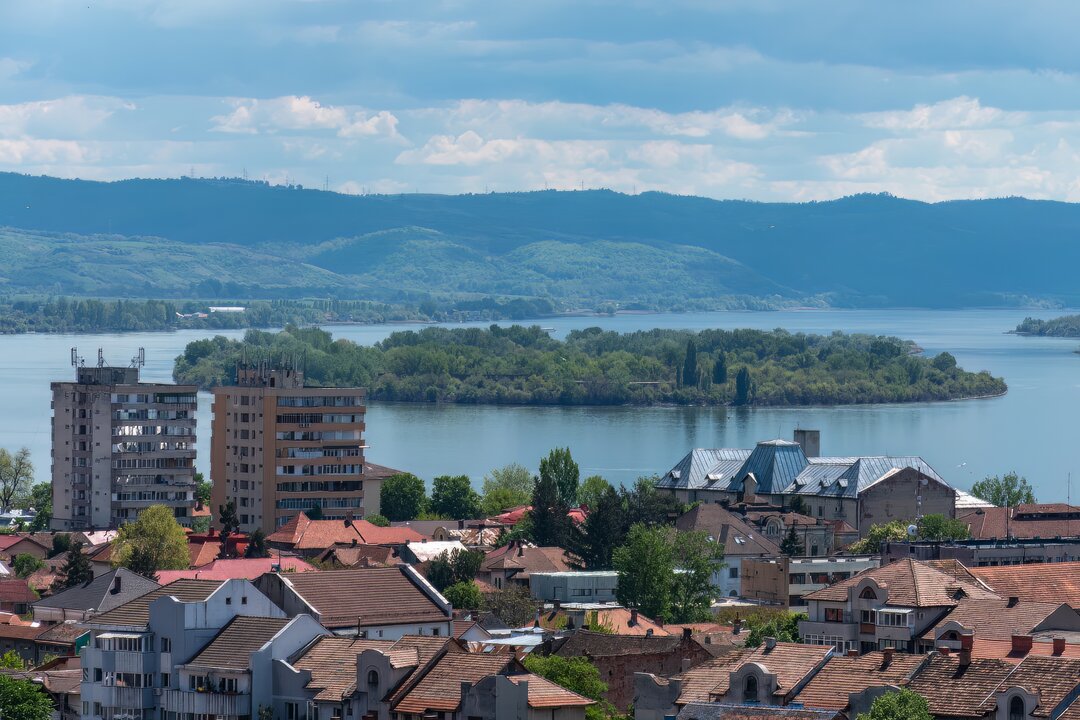
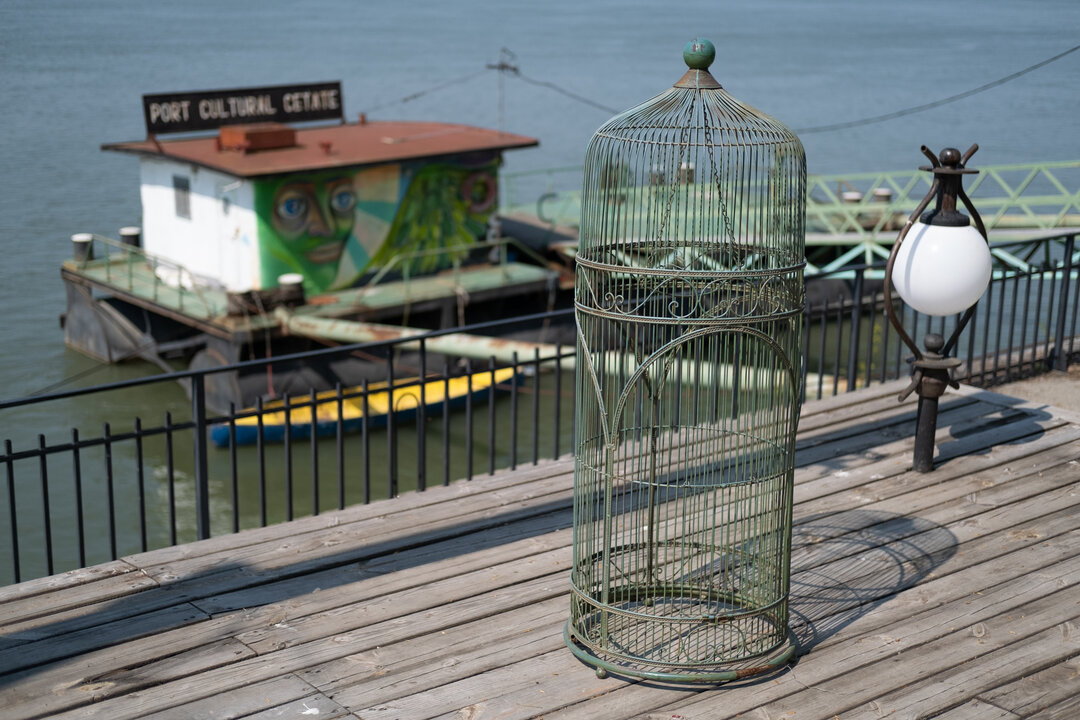
-topaz-denoise-enhance-sharpen--15883-m.jpg)
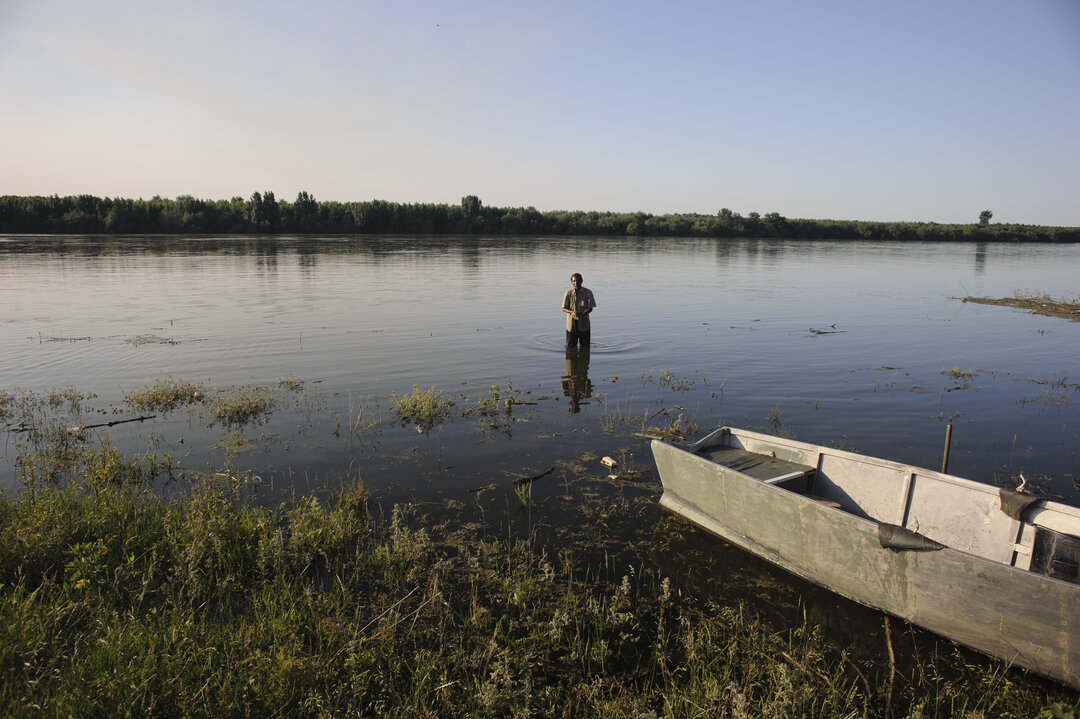
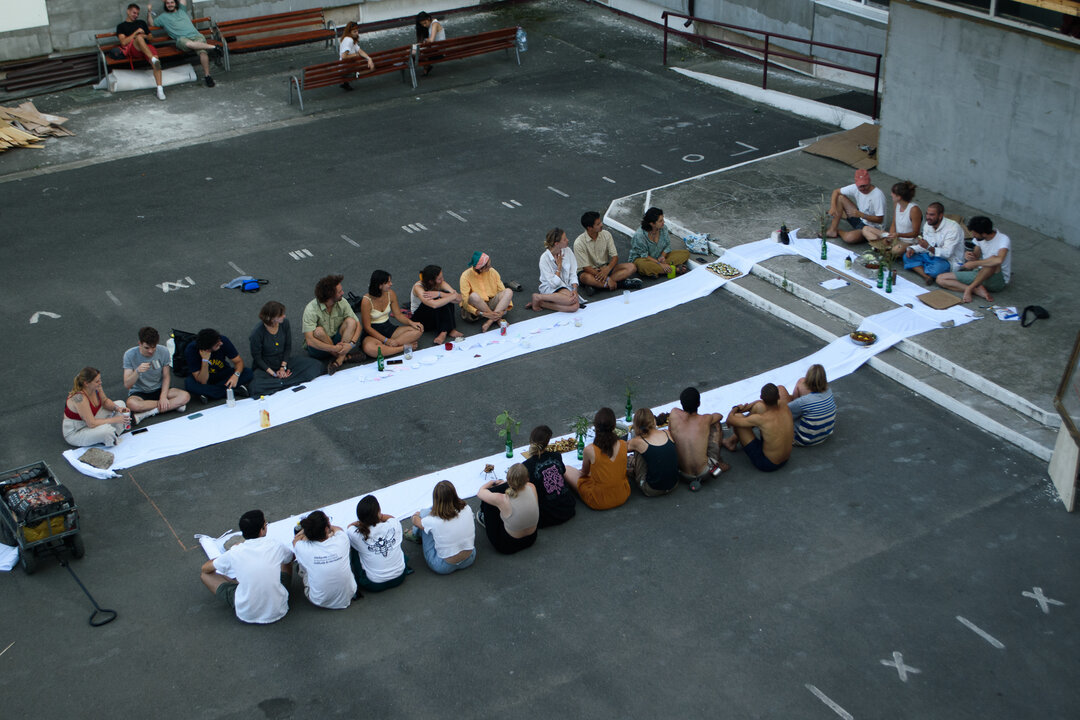
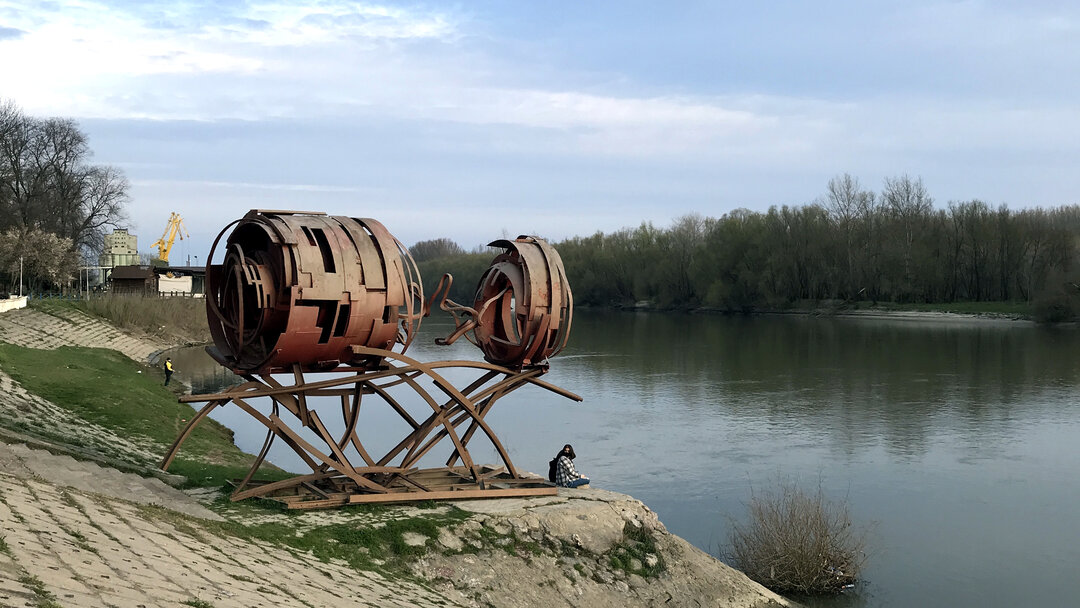
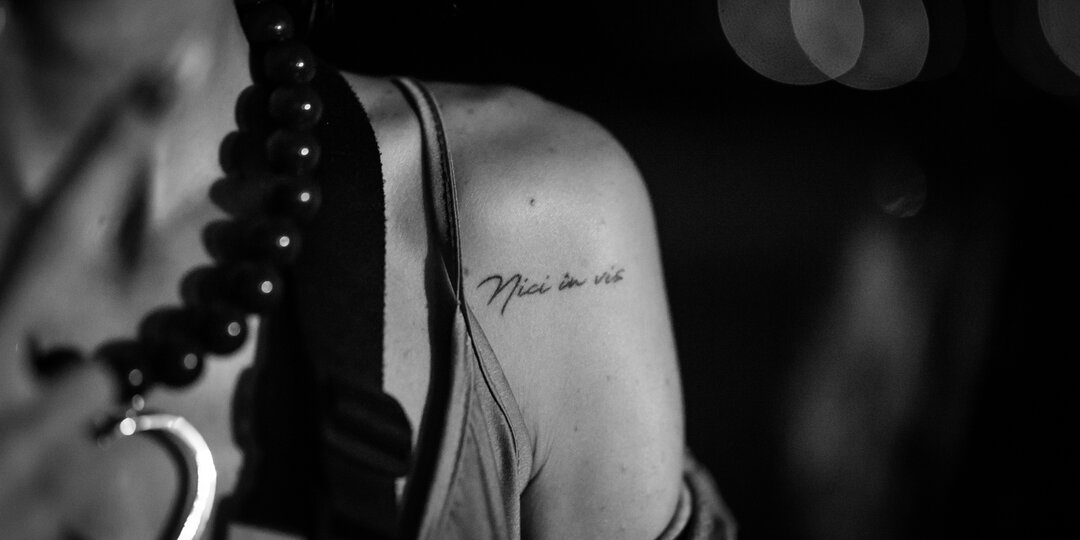






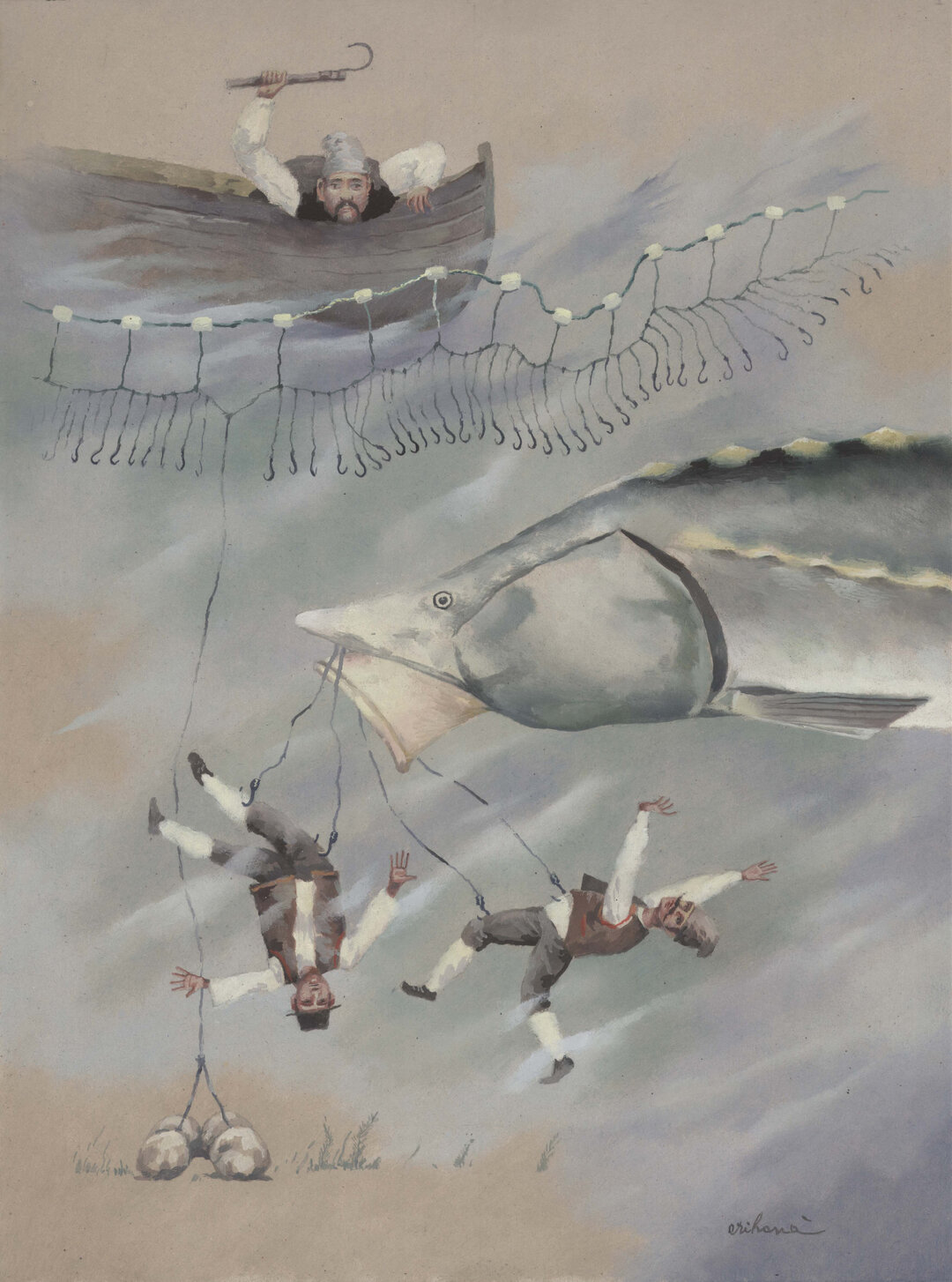
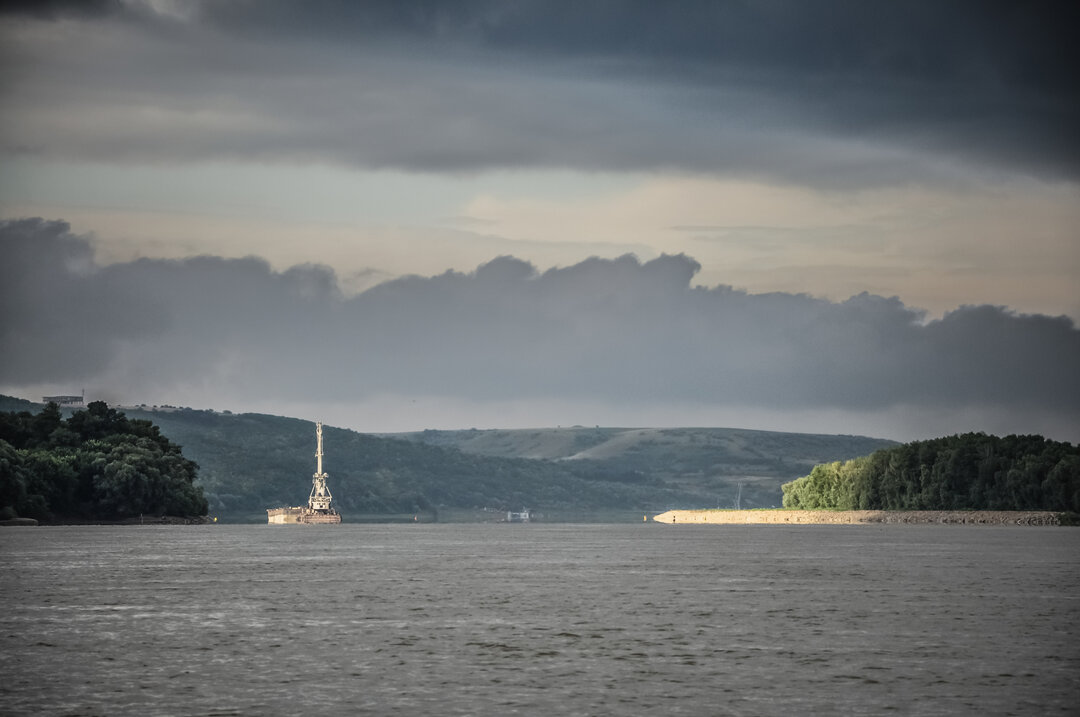
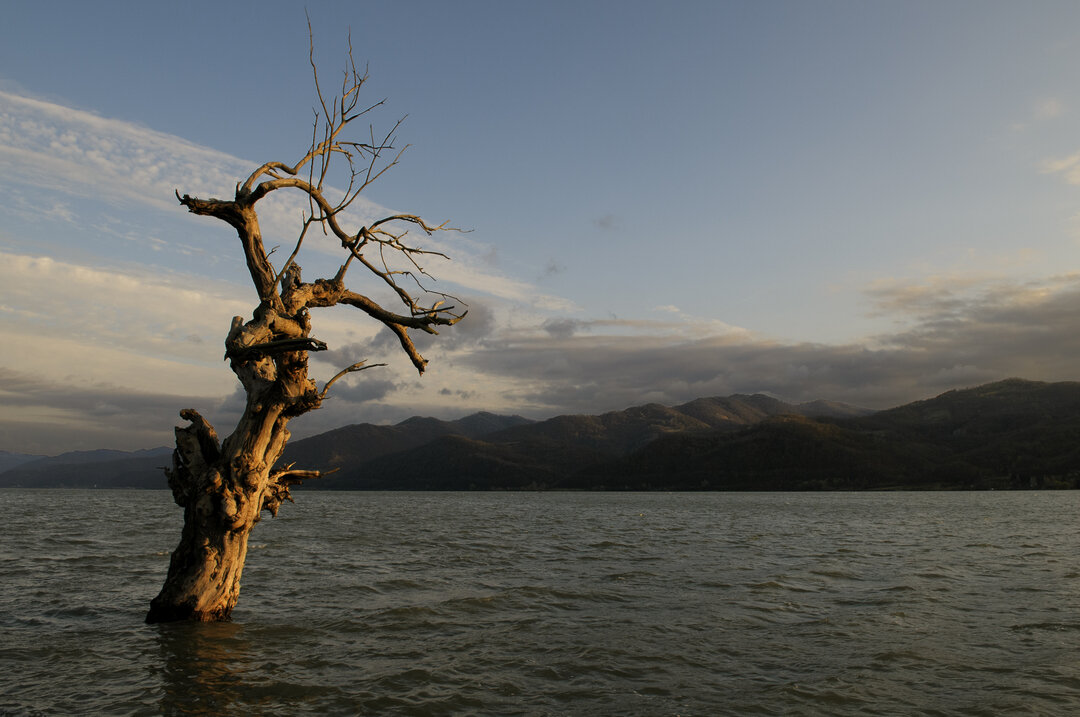

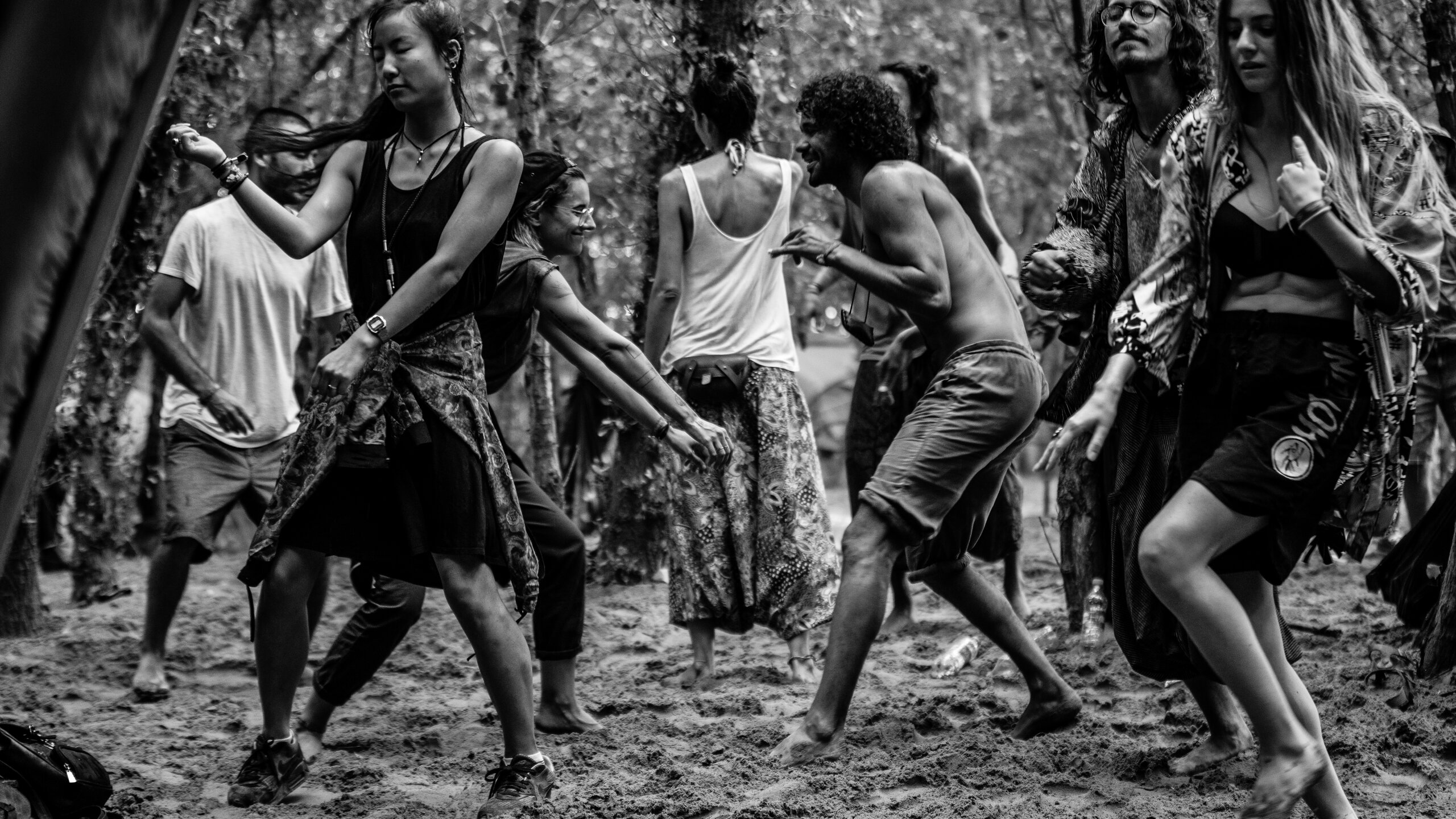
--15924-xl.jpg)
--15925-xl.jpg)
--15926-xl.jpg)
--15927-xl.jpg)
--15928-xl.jpg)
--15929-xl.jpg)

